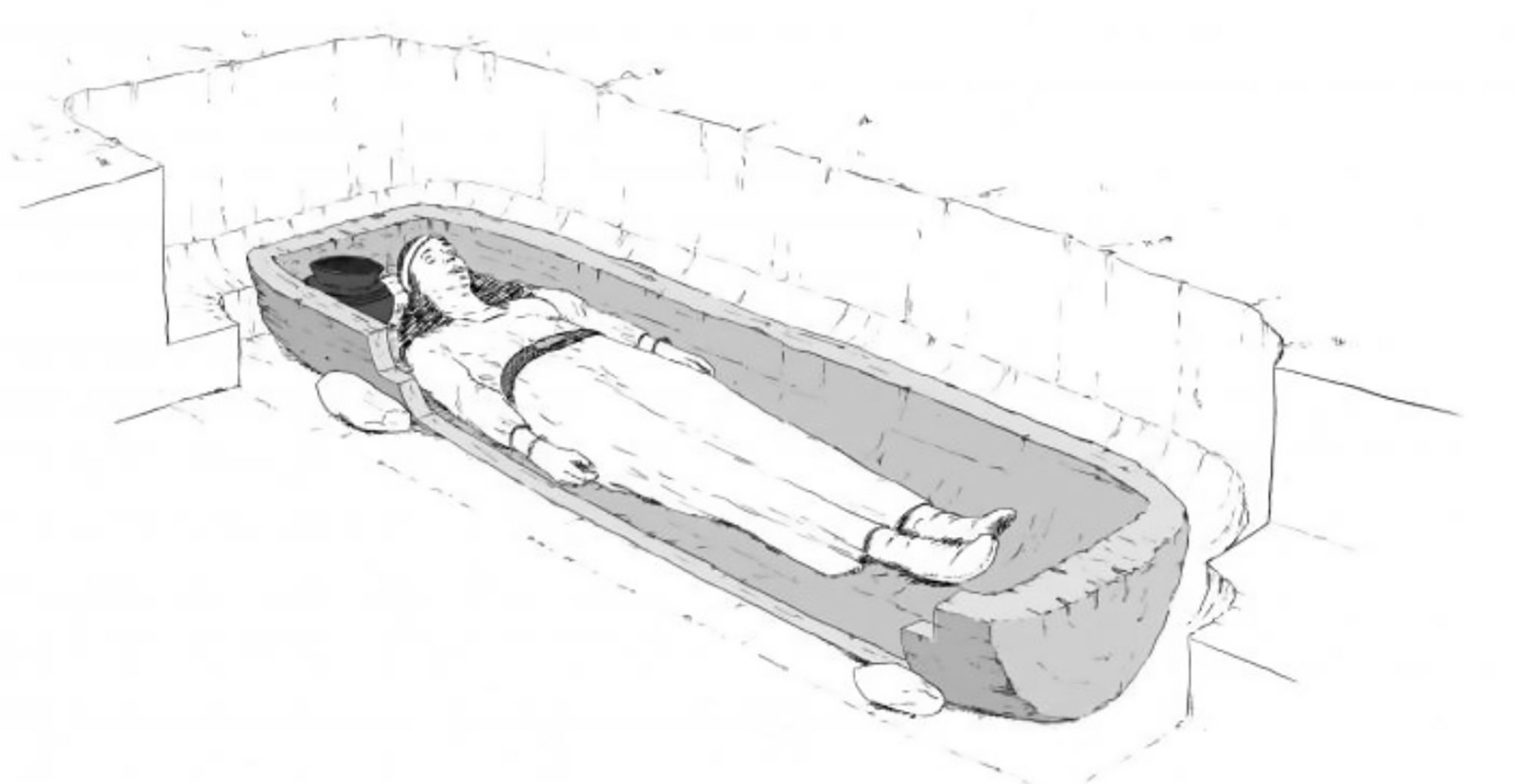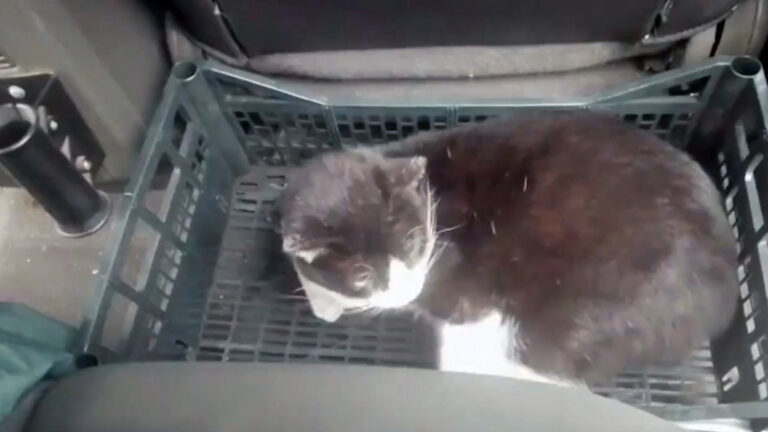Archaeologists in France have discovered the Bronze-Age tomb of a richly dressed “princess” surrounded by ritual objects and jewellery.
The 2,500-year-old tomb reportedly contains the remains of the high-class, richly dressed woman, described in reports as a “princess” from the Bronze Age (roughly 2,500 BC to 1,200 BC).
She was entombed at a site that was subsequently used as a burial ground for centuries, with the archaeologists also locating the remains of other burial sites, such as the remains of a square-shaped building from the end of the Iron Age (circa 400 BC) that had four poles at its corners and three circular ones believed to date back to the dawn of the Iron Age (circa 800 BC).
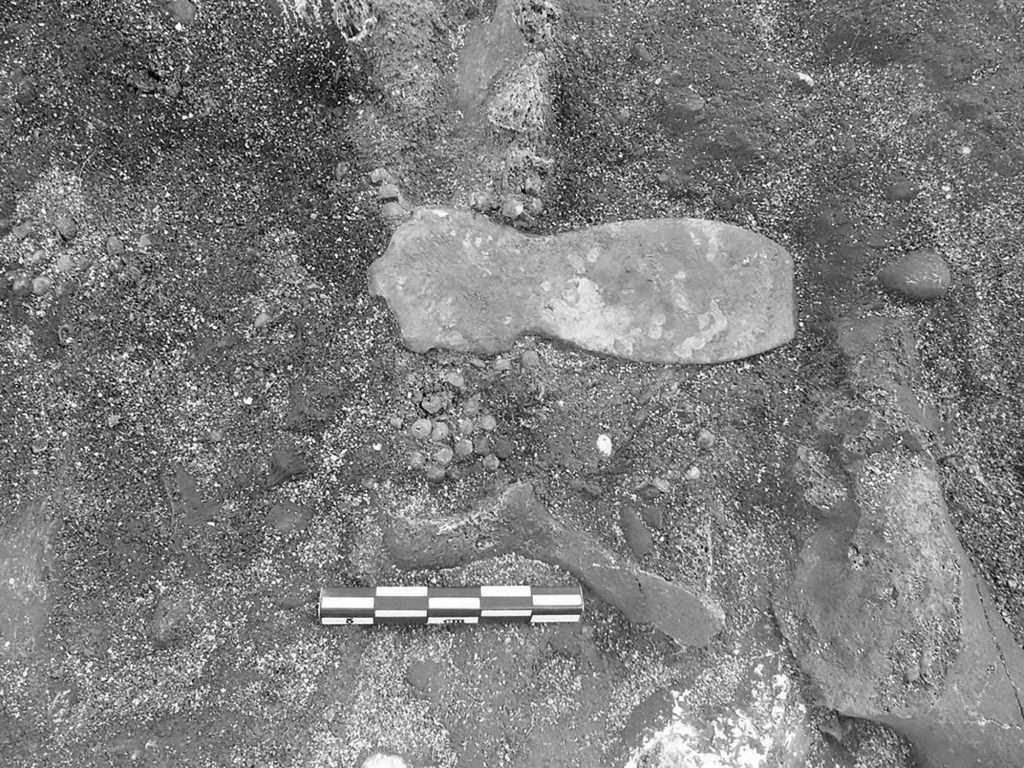
The discovery was made by the INRAP (Institut National de Recherches Archeologiques Preventives; the National Institute for Preventive Archaeological Research) in Saint-Vulbas, a village in the Ain department in eastern France during a dig that is being carried out before plans for an industrial estate can go ahead.
The remains of the woman were discovered during the dig and archaeologists say she was buried in a coffin made from a hollowed-out tree trunk.
The coffin itself has disintegrated over time, but its imprint was clearly visible, according to the institute. By studying micro-particles in the soil, the researchers were able to determine that the coffin had been made of oak.
Numerous ritual objects, including ceramic plates, were found in the tomb.
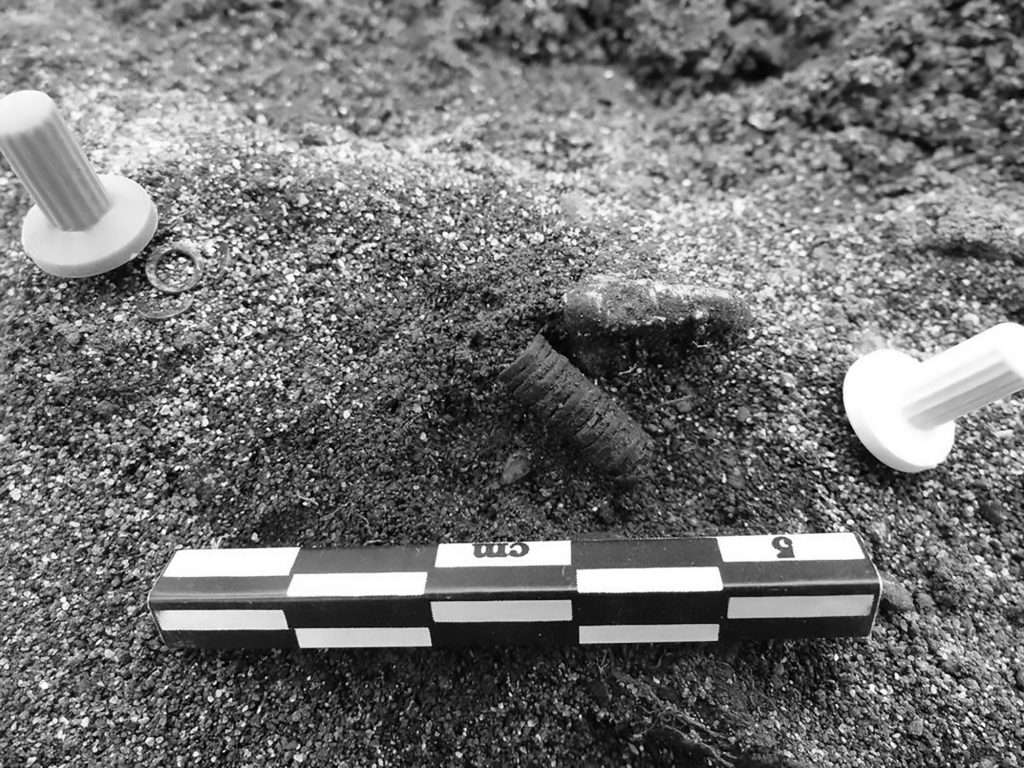
In a statement, the institute said: “Inside the coffin, the deceased, a middle-aged woman, was laid on her back, with her arms beside her body, dressed and adorned with her jewellery. An entire pottery was placed near her and to the right of her head. She was wearing a bracelet on each wrist and a belt around her hips […].”
They also said that her bracelets were made of glass pearls and her belt was in the shape of a ribbon, about 6 centimetres (2.36 inches) wide, presumably made of leather, and entirely covered with hemispherical shapes of claws made of a copper alloy. The belt clip was also made of a copper alloy, archaeologists said, posting a photo of a close up of the belt on Twitter.
Other particles found at the site indicate she may have been wearing another textile, possibly leather, fur or felt.
According to the institute, the site they are checking extends over almost one hectare, north of a vast protohistoric funerary site which dates back to the Bronze and Iron Ages, and which was identified during previous excavations, over dozens of hectares, on the right bank of the Rhone river.
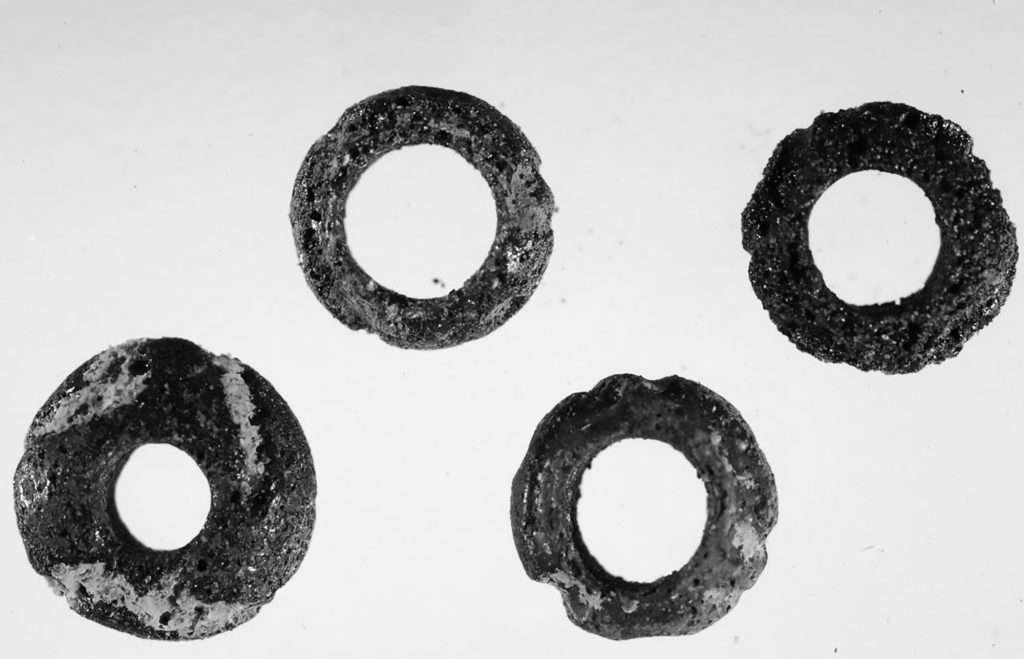
The site reportedly served as a burial site for several centuries. Other images show two other funerary sites, these ones from the dawn of the Iron Age (circa 800 BC) and the end of the Iron Age (circa 400 BC) respectively.
The second site from the dawn of the Iron Age is made up of three circular funerary sites and a burial location. One of the circular sites still has an underground part with a central cremation deposit.
Circa 400 BC, a new tomb was built. It was a cremation deposit in a pit, with a four-post entrance installed in the centre of a small quadrangular enclosure. For the INRAP, these close arrangements bear witness to the variability of funeral practices during the First Iron Age.
According to the INRAP, at the end of the First Iron Age, a complex funeral monument was installed near one of the circular enclosures of the First Iron Age. It is a four-pole building, possibly partitioned, potentially with a roof. It is surrounded by a small quadrangular ditch and built above a secondary cremation depot. The burial takes the form of a pit in which two separate and possibly concomitant deposits of bones were made.
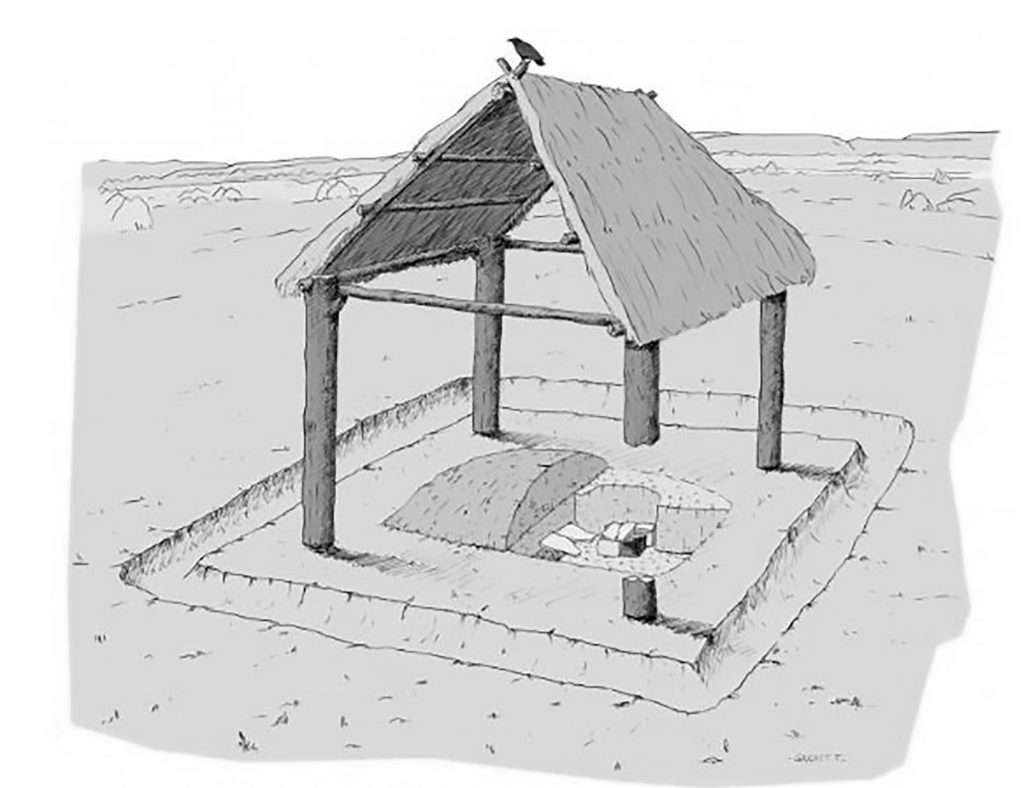
In one half, a box made of a perishable material, possibly wood, was placed. It contained bones which had been chosen and washed, accompanied by some fragments of bracelets made of a copper alloy. The box itself was partially lined with a limestone plate formwork. An empty space against these forms could have been the receptacle for food offerings, along with containers with a perishable material inside.
In the second half of the pit some bones and bracelets were deposited, probably in a flexible perishable basket-type container. They were reportedly mixed with a charcoal sediment from a funerary pyre.
While the condition of the bones made it impossible to determine the sex of the cremated person, their adornment (iron belt clip and copper alloy arms) indicates that it was probably a woman. For the INRAP, the pit seems at least partially covered with limestone platelets.
To find out more about the author, editor or agency that supplied this story – please click below.
Story By: Joseph Golder, Sub-Editor: Michael Leidig, Agency: Newsflash
The Ananova page is created by and dedicated to professional, independent freelance journalists. It is a place for us to showcase our work. When our news is sold to our media partners, we will include the link here.

